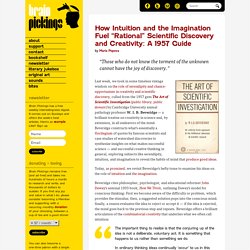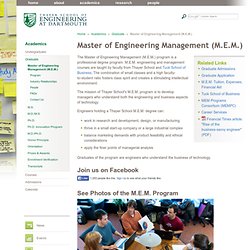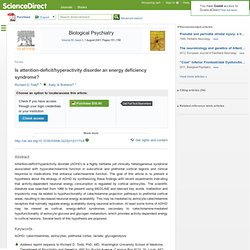

Jewish Academic Institutions Launch Fellowship to Promote Use of Educational Technology. AQA Edexcel D1 Maths. DIY Polygraph Machine: Detect Lies with Tin Foil, Wire and Arduino. DIY Polygraph Machine: Detect Lies with Tin Foil, Wire and Arduino Lying is awesome.

From a very young age, children learn that flat out denying the truth gets you out of trouble and helps keep you calm in the face of horror. But what happens when you just have to know if someone, say, used your toothbrush? You could ask them to take an expensive and arduous polygraph test. If you're industrious and don't have the dough for a legit polygraph, you can make your very own galvanic skin response (GSR) device.
Today, we will make a cheap GSR device and learn if our toothbrush is really safe after all. Materials ArduinoAluminum foilVelcroWire10k resistorBreadboard Step 1 Make the Electrodes GSR machines require an even and consistent connection to the skin in order to function properly. Wonder How To » Show & Tell for Creators & Doers. Do it your self. Linux Command Line Cheat Sheet by DaveChild. YouTube Playlists for Learning Programming. READY TO HIT THE WEB: First 3D-Printed Handgun Successfully Test Fired « Secrets of the Fed. This is an update to Defense Distributed’s ongoing progress with 3D printed weapons.

The eyes of the world are on the innovation of 3D printing. Naturally, whenever a new technology is created that offers open source DIY opportunities to the average individual, it is going to make governments and their protected corporate interests very nervous. Such is the case with 3D weapons manufacturing. Defense Distributed has been offering sets of computer files for free through their DEFCAD online library. Their progress has been documented on their own site by a series of video updates the company has posted. Now, after 8 months of discussing the possibility of a fully printable 3D handgun with all parts made of a composite plastic, except for the firing pin, Defense Distributed is set to release the new CAD files to the Web following a successful test fire on Saturday which can be seen in the latest video below.
Comments comments. The Science of Lucid Dreaming and How to Learn to Control Your Dreams. The Role of Intuition and Imagination in Scientific Discovery and Creativity: A 1957 Guide. By Maria Popova “Those who do not know the torment of the unknown cannot have the joy of discovery.”

Last week, we took in some timeless vintage wisdom on the role of serendipity and chance-opportunism in creativity and scientific discovery, culled from the 1957 gem The Art of Scientific Investigation (public library; public domain) by Cambridge University animal pathology professor W. I. B. Beveridge — a brilliant treatise on creativity in science and, by extension, in all endeavors of the mind. Today, as promised, we revisit Beveridge’s hefty tome to examine his ideas on the role of intuition and the imagination. Undermining the Zeigarnik effect: Another hidden cost of reward - McGraw - 2006 - Journal of Personality. PsycNET - Display Record. PsycNET - DOI Landing page. Master of Engineering Management (M.E.M.) The Master of Engineering Management (M.E.M.) program is a professional degree program.

M.E.M. engineering and management courses are taught by faculty from Thayer School and Tuck School of Business. The combination of small classes and a high faculty-to-student ratio fosters class spirit and creates a stimulating intellectual environment. The mission of Thayer School's M.E.M. program is to develop managers who understand both the engineering and business aspects of technology. Engineers holding a Thayer School M.E.M. degree can: work in research and development, design, or manufacturing thrive in a small start-up company or a large industrial complex balance marketing demands with product feasibility and ethical considerations apply the finer points of managerial analysis Graduates of the program are engineers who understand the business of technology.
Join us on Facebook. Appetite - Getting a bigger slice of the pie. Effects on eating and emotion in restrained and unrestrained eaters. Biological Psychiatry - Is attention-deficit/hyperactivity disorder an energy deficiency syndrome? Abstract Attention-deficit/hyperactivity disorder (ADHD) is a highly heritable yet clinically heterogeneous syndrome associated with hypocatecholamine function in subcortical and prefrontal cortical regions and clinical response to medications that enhance catecholamine function.

The goal of this article is to present a hypothesis about the etiology of ADHD by synthesizing these findings with recent experiments indicating that activity-dependent neuronal energy consumption is regulated by cortical astrocytes. The scientific literature was searched from 1966 to the present using MEDLINE and relevant key words. Inattention and impulsivity may be related to hypofunctionality of catecholamine projection pathways to prefrontal cortical areas, resulting in decreased neuronal energy availability.
This may be mediated by astrocyte catecholamine receptors that normally regulate energy availability during neuronal activation. Keywords.